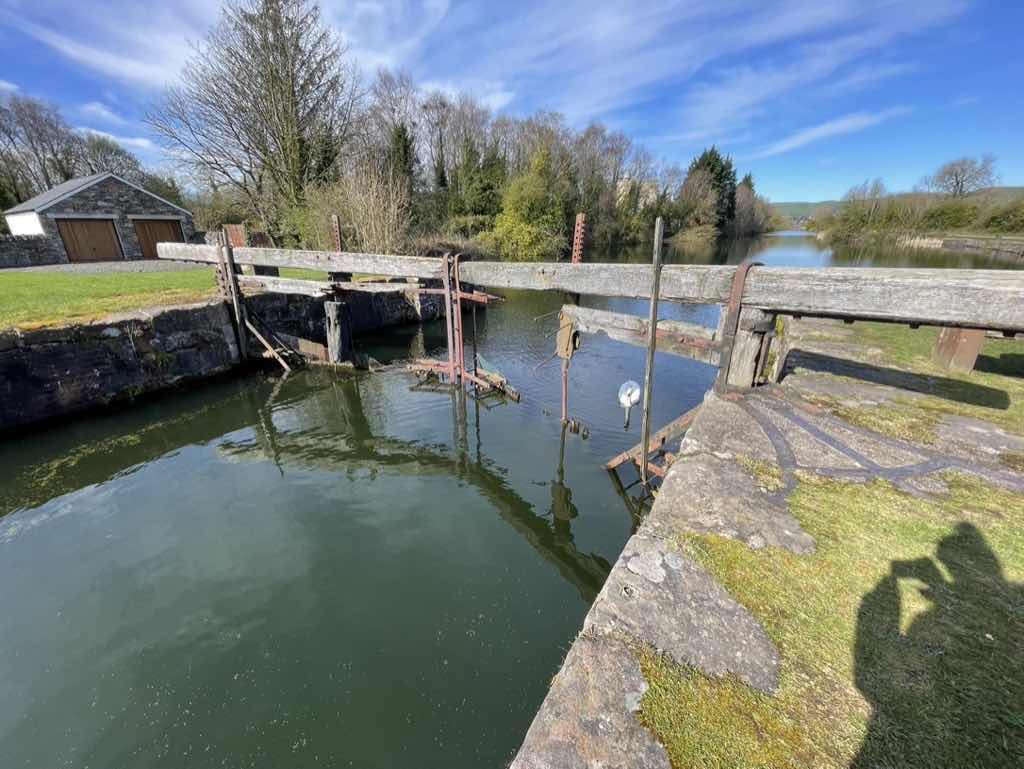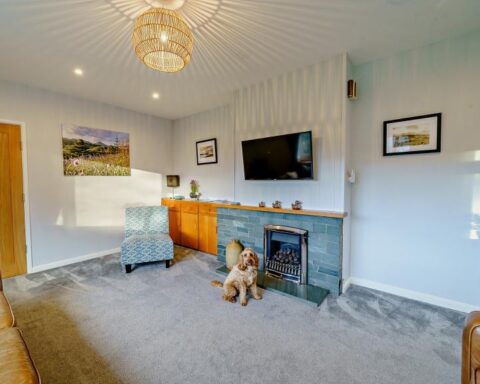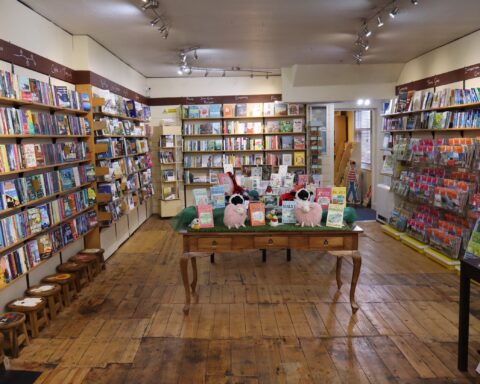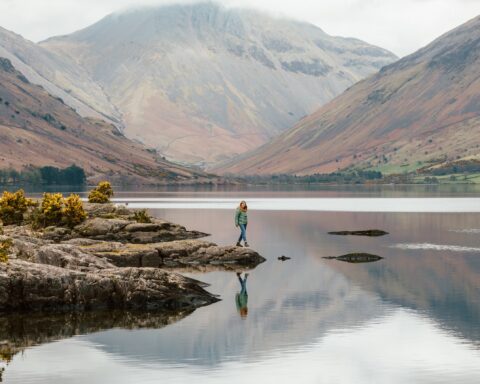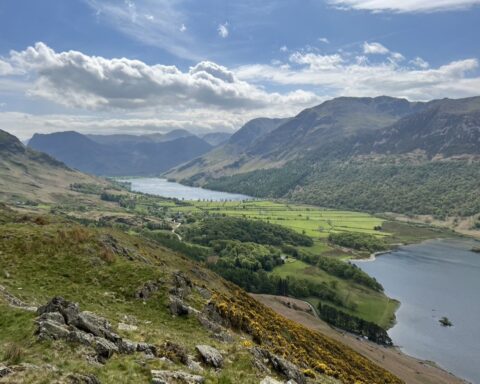The Ulverston canal walk is a gentle flat walk of 4.2km, suitable for prams and wheelchairs. Parking is available at the Bay Horse Hotel and Restaurant at Canal Foot. As you step out of the car, you are instantly greeted with diverse panoramic views. Look across The Levens Estuary over, then to the Lake District fells and the Hoad Monument standing tall above Ulverston. If you are lucky, you will spot trains chugging over the Leven Viaduct. Next to the car park are picnic tables ideal for enjoying the views and watching the birdlife.
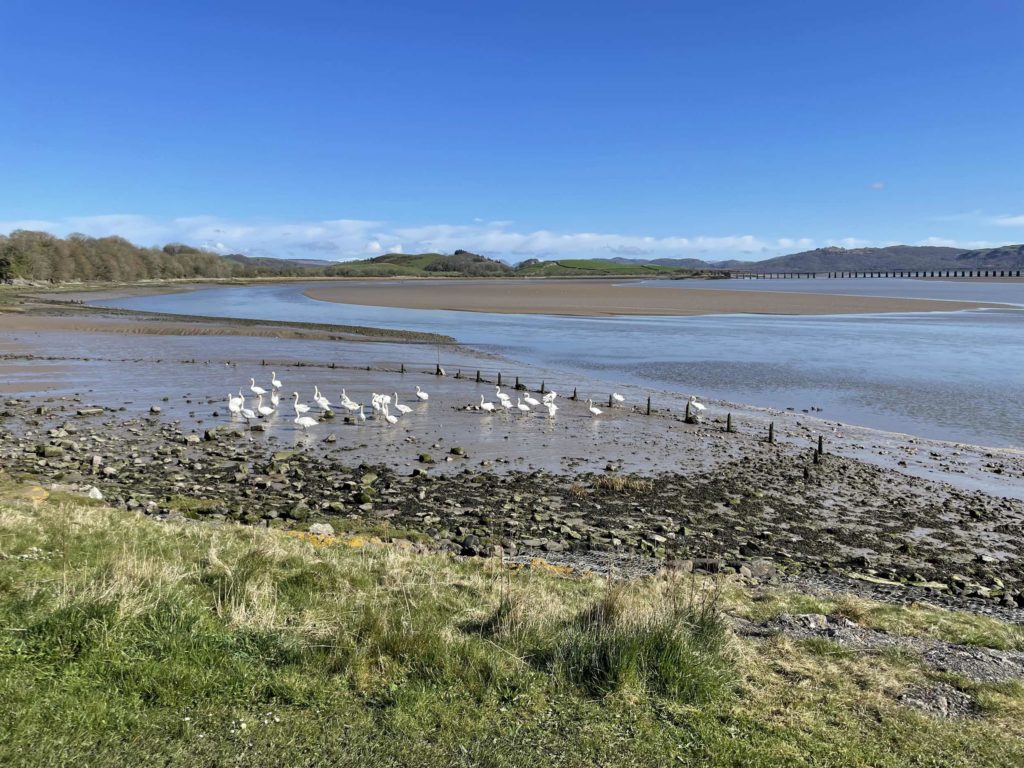
Learn some history on the Ulverston Canal Walk.
This Canal is a crucial part of Ulverston’s industrial past and part of the fabric of the town. Ulverston was declared a port in 1774 even though it is 2 miles from the shore of Morecambe Bay. The engineer John Rennie (designer of London’s Waterloo Bridge) built the canal in 1796. The canal was intended to facilitate the trade of linen, slate and copper.
The industrial revolution influenced Ulverston’s finest hour. The introduction of the trade and wealth brought in by the Canal meant the population in Ulverston doubled between 1801 and 1841. Shortly after the Railway introduced more advanced modern ships. This brought around the decline of canal use and Ulvertsons was officially abandoned in the 1940s. In its short working life, the Canal gained a reputation for being the straightest, broadest and deepest Canal in the UK.
Starting the walk
The Ulverston Canal walk starts right next to the canal green and is signposted well. Once parked, cross over a footbridge and walk passed the old Canal Gates with the Canal on your left. A popular spot for fishermen and cormorants alike. It’s hard to imagine such a serene place accommodating thousands of trading vessels as it would have in the past.
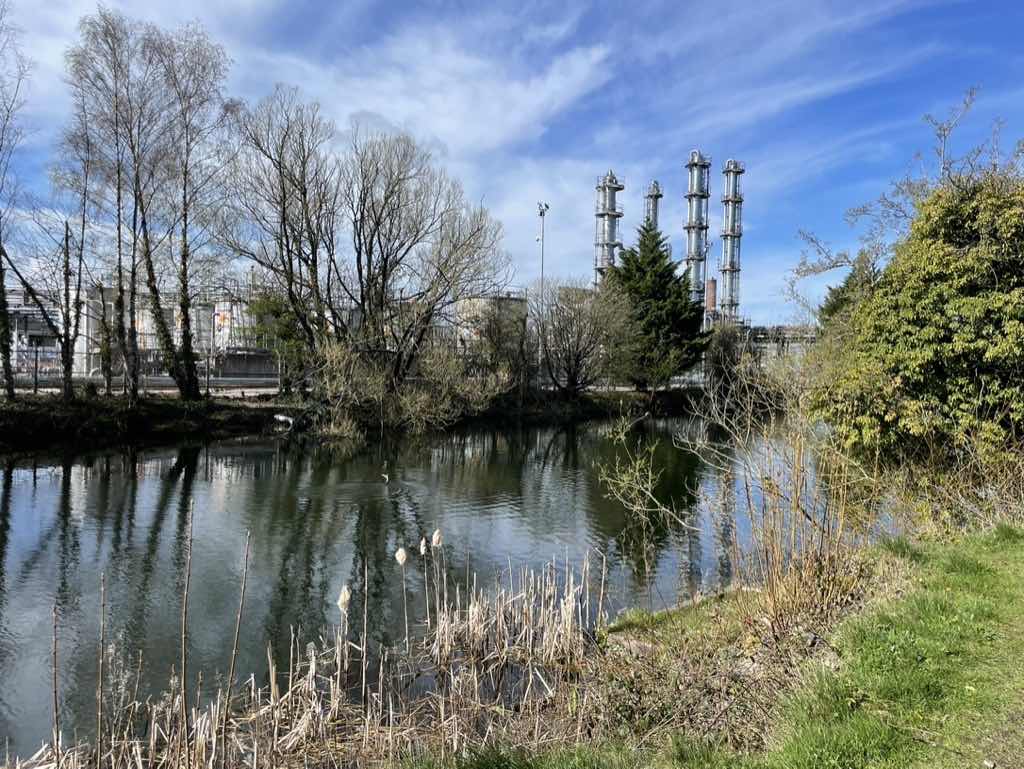
Wildlife and industry working together.
On the other side of the Canal is the GlaxoSmithKline factory. The industrial look is a contrast to the abundance of wildlife you will see on the walk. The chimneys at varying heights add to the character of the Ulverston Canal Walk. You will find cast Iron benches scattered along the route, which feature red squirrels and vines. GlaxoSmithKline donated these benches to Ulverston as a gesture to the community.
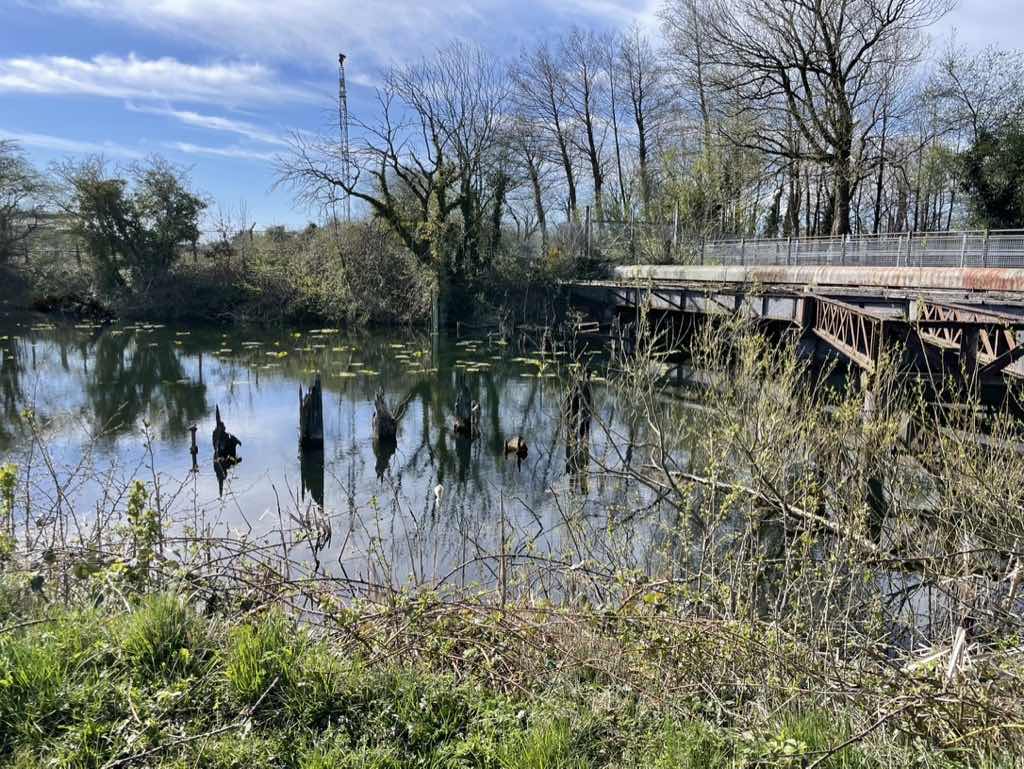
Ulverston Canal Rolling Bridge
The path leads straight to town and it’s impossible to get lost. Midway, you will come to the only surviving rolling bridge in Europe. This hydraulically powered bridge was built in 1880 by Furness Railway Bardsea Branch. It rolled back into a recess in the Canal, creating an opening for ships to continue on their journey; whilst also allowing trains to cross the Canal. The bridge is no longer in use; instead, it is an art installation. Capturing the imagination of any inquisitive child and showing them how the bridge would have worked.
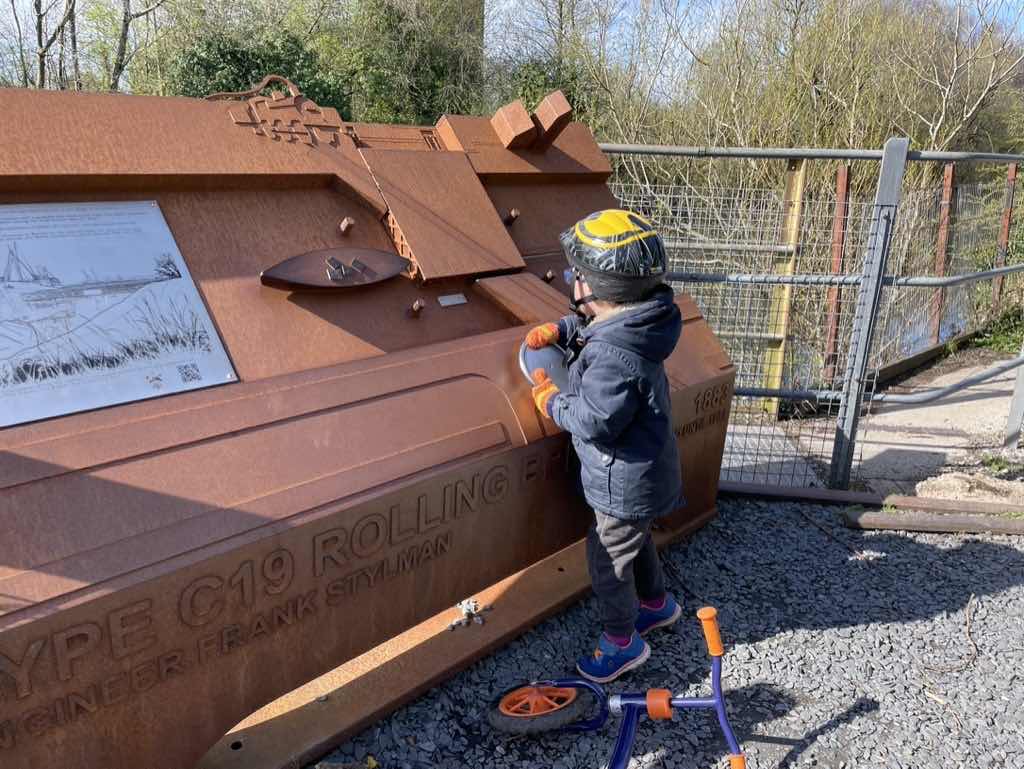
Canal Head
Soon you will reach Canal Head through the Six Arches Bridge at the Middle basin. Still a hive of activity to this day but not entirely like it was. Once the home of shipyards, foundry and ironworks.
If you are feeling more energetic, once you reach Canal Head, you can carry on into the town. Otherwise, retrace your step and stop at the Bay Horse for refreshments.
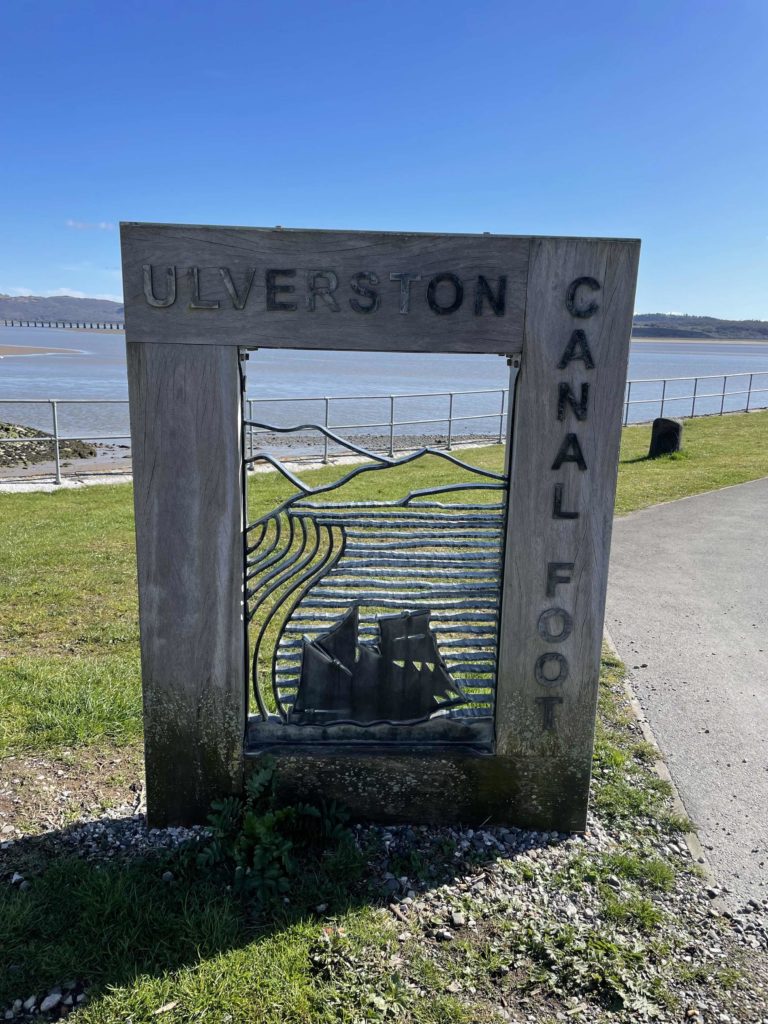
If you love this walk and views from the Bay Horse Hotel And Restaurant, why not look into staying longer sometime? Click here to find out more.

